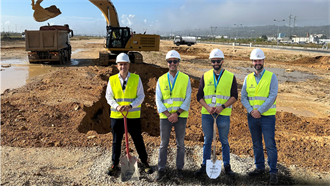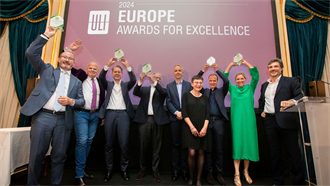European property companies are ahead of the curve on decarbonisation compared to their peers in other parts of the world, but a lot more needs to be done by the sector as a whole to reach net zero. Our cover story for March looks at the challenges faced by the industry in its bid to cut emissions - and tracks its broader progress towards achieving ESG goals.
MAGAZINE: The carbon challenge: who is making the cut?
- In Magazine highlights
- 22:00, 08 March 2023
Premium subscriber content – please log in to read more or take a free trial.
Events
Latest news
Best read stories
-

Weekly data sheet: Investors unveil student housing investment strategies
- 18-Oct-2024
The investment arena for European student housing assets widened further this week with a string of players kicking off new investment strategies for the asset class across Europe.

































